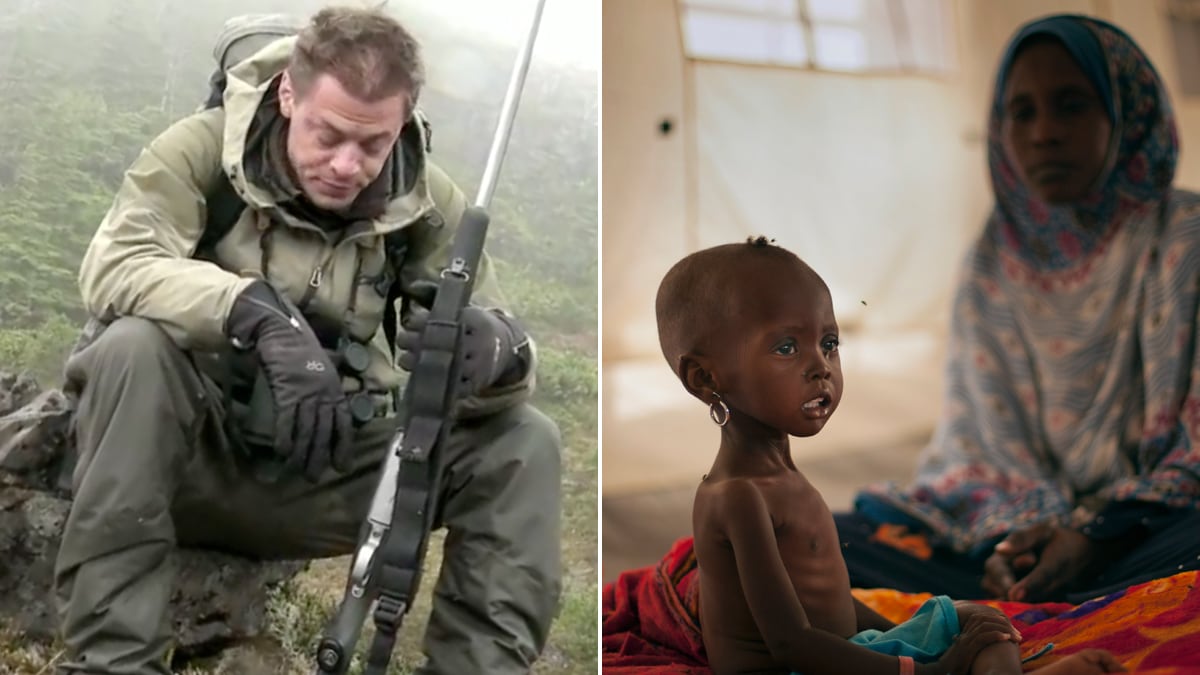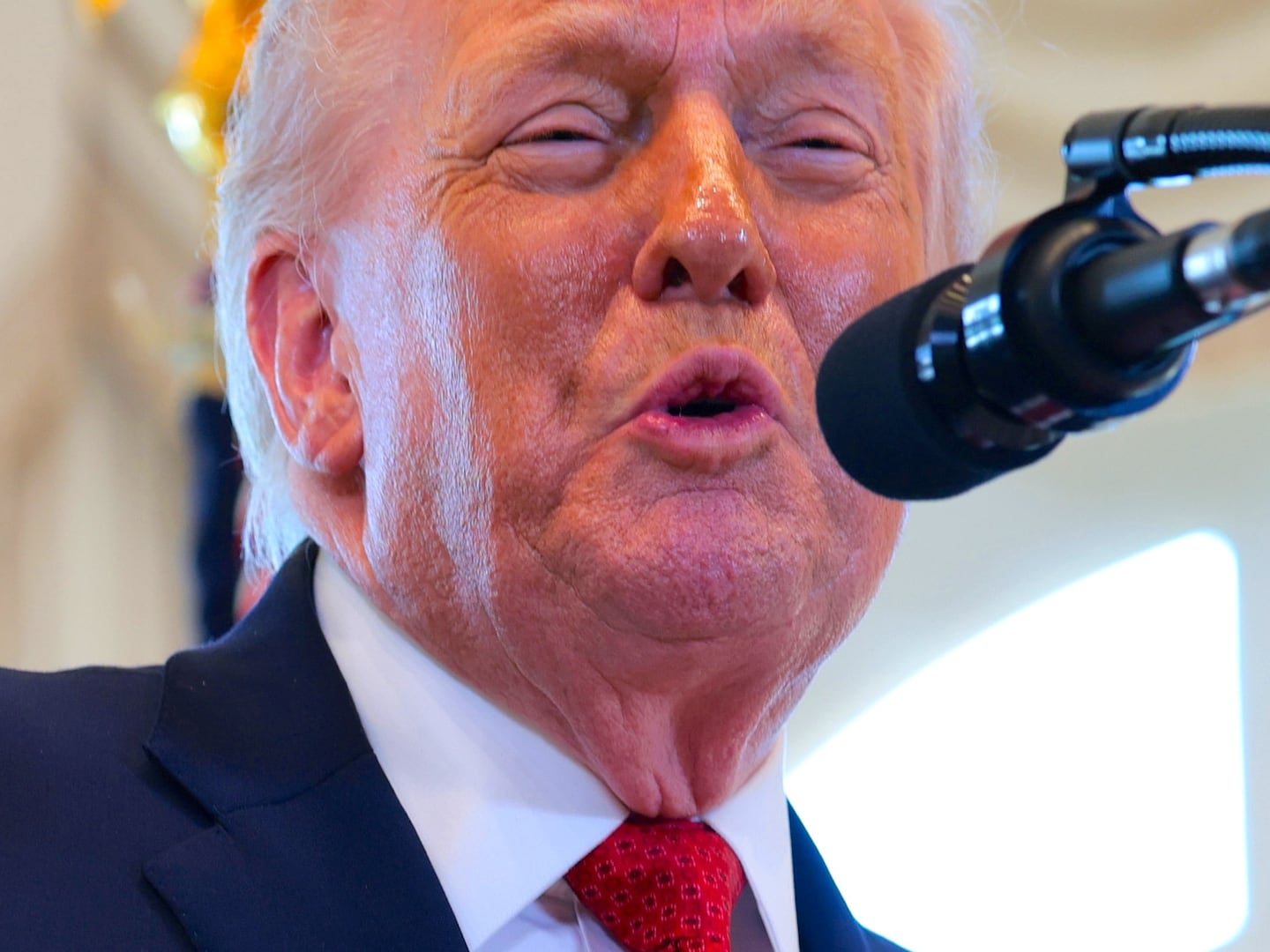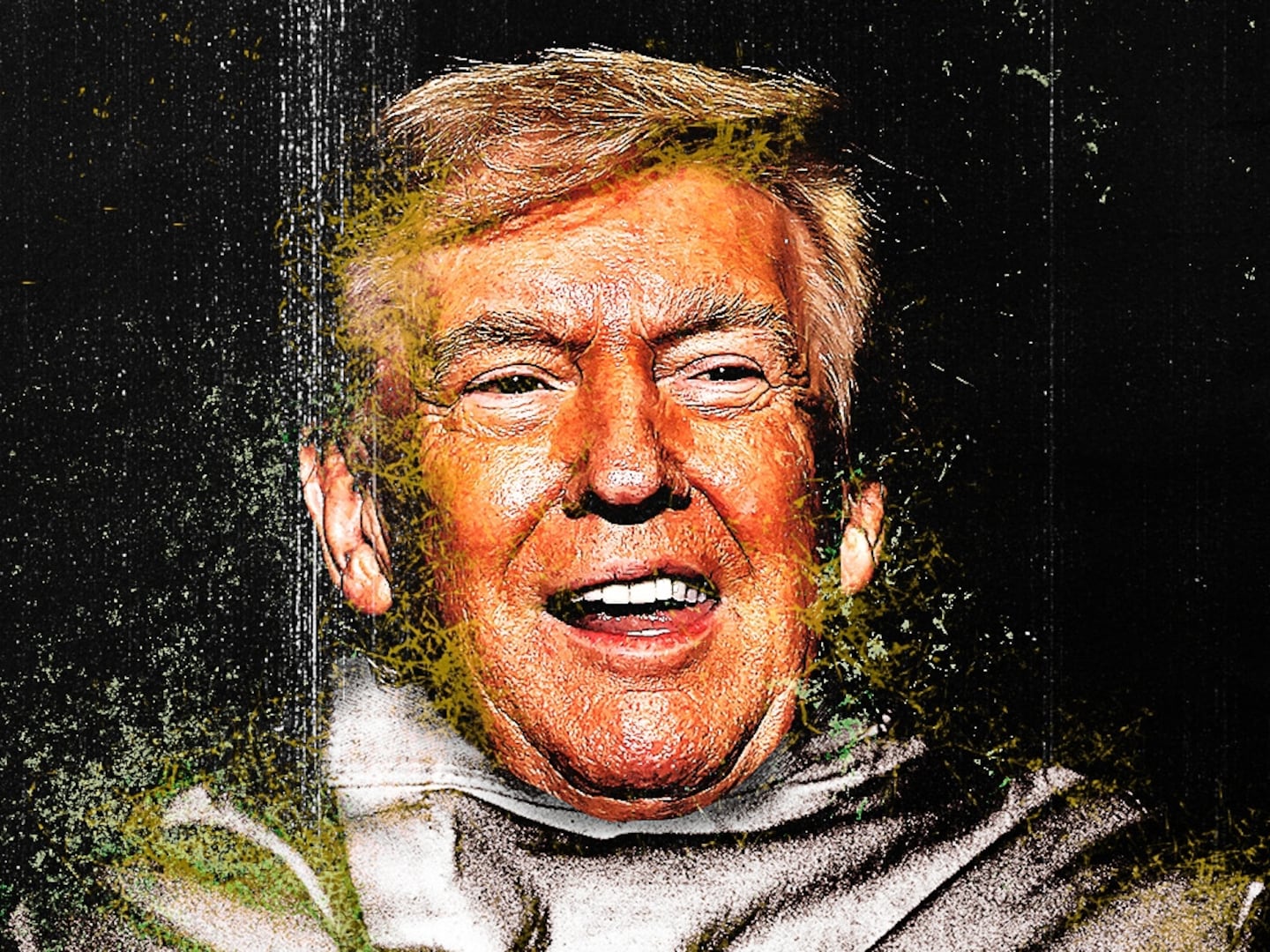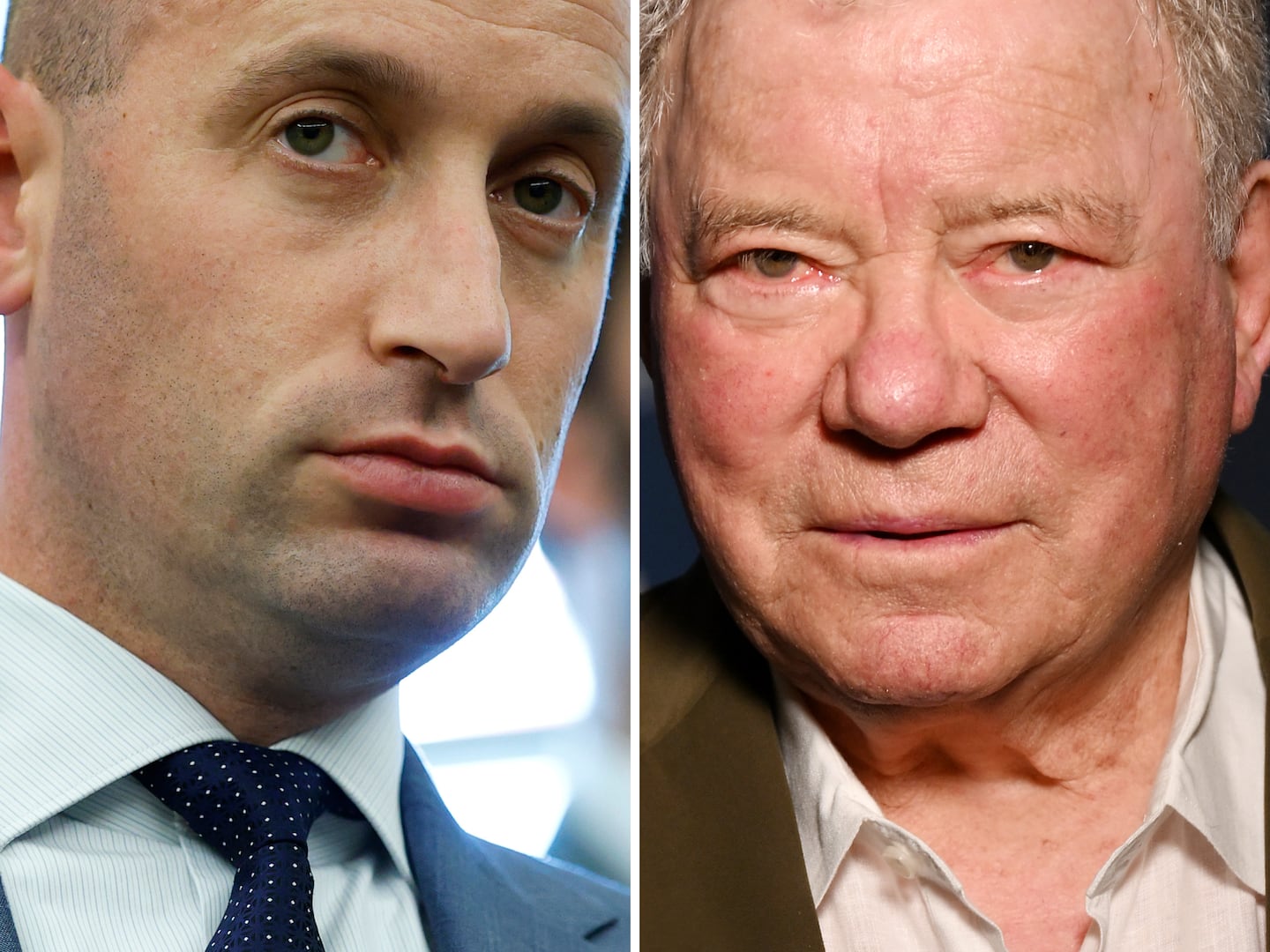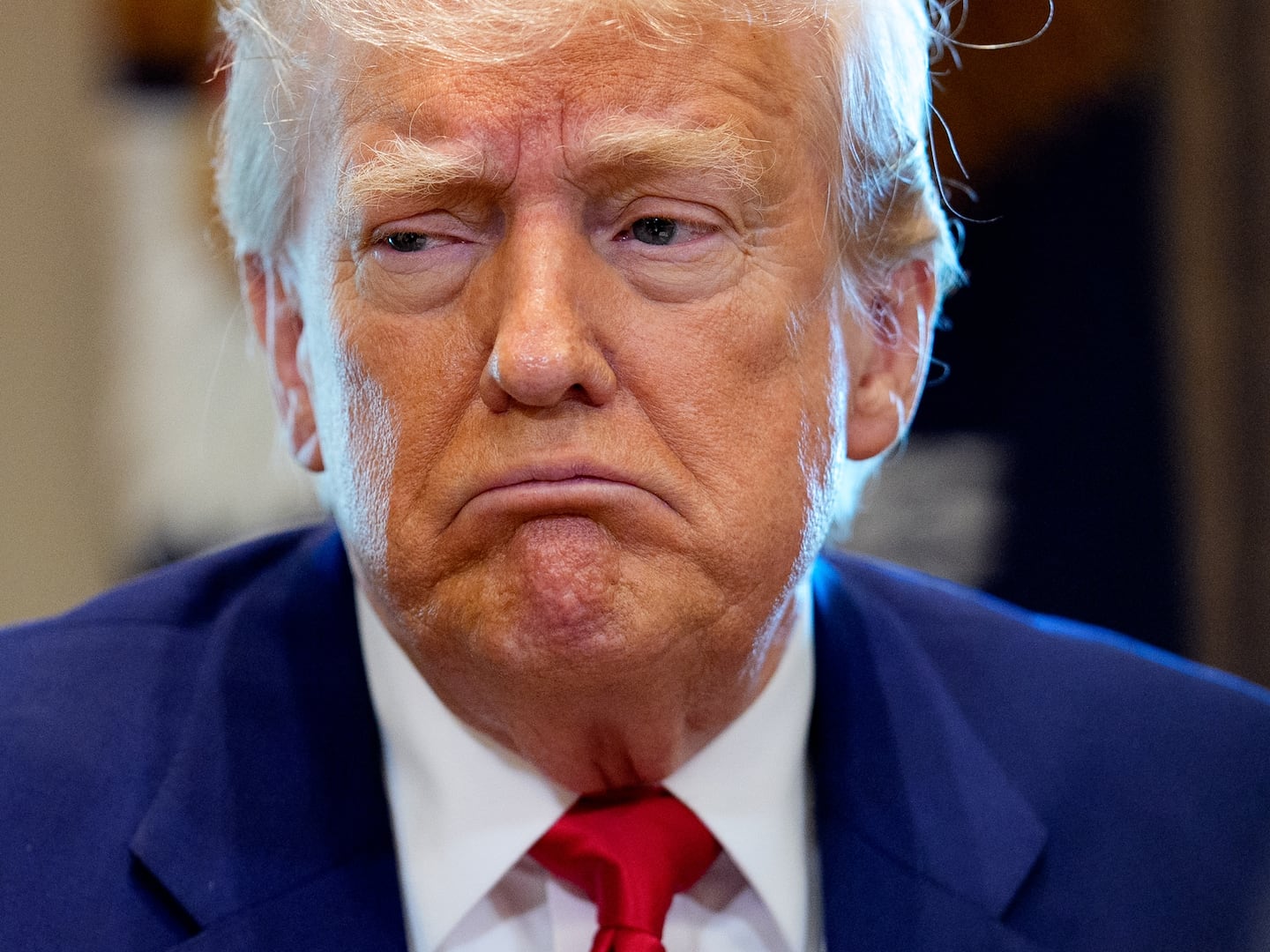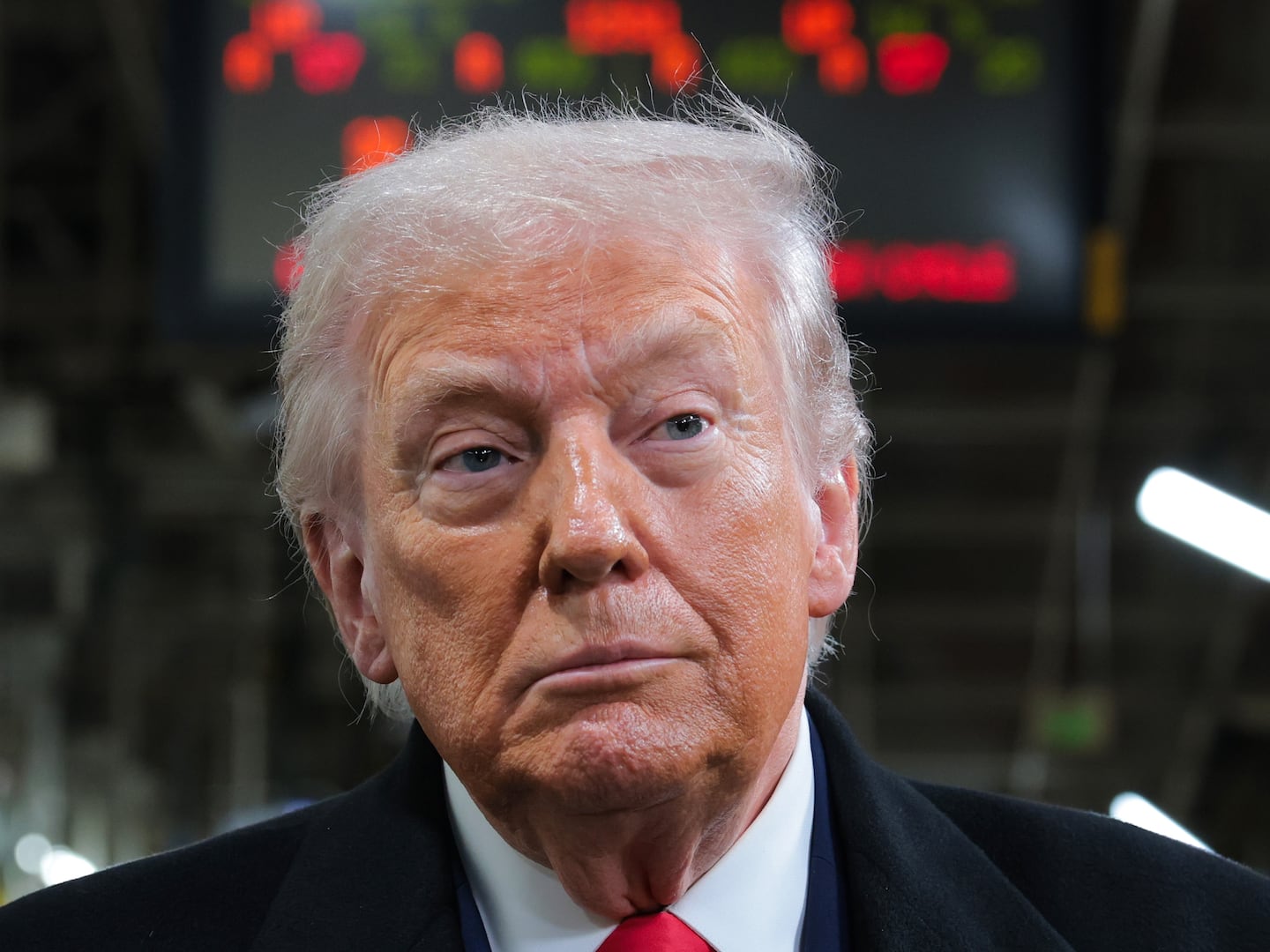A couple sits down in a restaurant and studies the menu. The chicken looks good, but they have a few questions: Is it local and organic? What about its food—was that local and organic? How many acres was its range? More importantly, what was its social life like? Was the chicken happy? Was it fulfilled? Did it have chicken friends?
The impulse to know everything about anything you eat is now pervasive enough to generate potent parody. This scene, from the first episode of the show Portlandia, ends when the couple leaves the restaurant to drive 30 miles to the farm where their chicken, whose name was Collin, was raised. Beyond the irony of claiming to care deeply for the spiritual welfare of animals you ingest, the sketch pinpoints another problem for foodies: as long as you’re not growing or raising your own food, you have to trust what people tell you about it.
One simple solution to this problem is to hunt and kill whatever you eat. That has been the lifelong strategy of Steven Rinella, whose hunting memoir, Meat Eater: Adventures from the Life of an American Hunter (Spiegel & Grau, $26) was released last month. Though Rinella often slips into prose that might win a Hemingway parody contest, there’s something refreshing about his attitude toward food. Most animals raised for human consumption suffer considerably, whereas most wild animals killed by hunters suffer briefly. So if you’re going to eat meat, kill it yourself. Rinella rehearses this argument for hunting, but his attachment to hunting doesn’t seem primarily ethical or intellectual. Instead, he seems driven by an almost sexual love of hunting. The metaphor of hunting as sex lurks throughout the book. At different points, he compares hills to breasts, killing your first deer to having your first sexual encounter, and catching a big fish before a crowd to walking into a bar with “some good-looking girls.” Those who hunt animals inside high-wire fences merit the worst epithet in his arsenal: “limp-dicked.”
If hunting is a sexual act, Rinella is a promiscuous man. He’s killed deer, squirrel, bear, Dall sheep, beaver, and muskrat, to name a few. In case you don’t believe he killed these animals, the book helpfully supplies photos of Rinella and his friends grinning beside various carcasses. To his credit, Rinella seems to realize that gory accounts of gutting and killing animals may be of limited interest. Toni Morrison once remarked that it’s difficult to write about sex because it’s just not sexy enough, and the same thing seems true of writing about hunting. So rather than dwelling too much on the anatomical details, Rinella focuses his story on intangibles: the suspense of waiting, the ethics of hunting, the camaraderie between hunters. He’s at his best when he mingles bits of 19th-century frontier lore with memories of his own family. When he describes photos of “filthy, scruffy-looking white hide hunters in a camp where the ground is covered in pegged-out buffalo hides and the surrounding trees are hung with strips of jerky like Christmas ornaments,” you can almost see Rinella transported back 150 years, milling around the camp in buckskins.

Rinella grew up hunting with his father and brothers in Michigan’s Upper Peninsula. He made money trapping, and he often got food by hunting and fishing. While in college, he lived for a while by eating whatever he caught or shot. The passages describing a self-sufficient existence are the strongest in the book, and they could have formed the core of a persuasive case for hunting in an age of increasing alienation from our food sources. It would have been interesting to see an argument for the scalability of hunting: what percentage of American meat demand could hunting satisfy without disrupting ecosystems and food-chains?

Instead of engaging in broader questions, Rinella recounts his shift from hunting for food to hunting for sport. “Just to be clear, catch-and-release fishing amounts to poking a hole into a fish’s face and exhausting it, then letting it go because you don’t want to hurt it,“ he writes before proceeding to narrate his exploits as a catch-and-release fisherman. The same pattern recurs. He points out the moral ambivalence of some practice, and then proudly describes doing it. “If you had asked me 10 years earlier, I would have told you that I never want to hunt a mountain lion. ‘What’s the challenge,’ I would have asked, ‘in shooting a cat out of a tree?’” Yet this question is never given a satisfying answer, and the rest of the chapter recounts his attempt to tree a mountain lion with dogs and shoot it. He doesn’t succeed, but he concludes with his best effort at manly, faux-Hemingway prose. “The lion had made me stronger.”
Lester Brown, director of the Earth Policy Institute, has just written a very different sort of book about food: Full Planet, Empty Plates: The New Geopolitics of Food Scarcity (Norton, $27.95). Brown doesn’t compare hills to breasts or derive strength from lions. The only role sex plays in his book is as a driver of global population growth, which is threatening the earth’s capacity to replenish its systems faster than humans deplete them.

The average American now consumes 1,400 pounds of grain annually, 80 percent of it indirectly, through meat, milk and eggs. At a time when global demand for grain to feed animals and power cars is soaring, grain reserves have fallen to historic lows. Over-farming is already reducing soil quality and depleting water resources, while cars are helping to accelerate climate change, which further threatens crop yields. These factors have made the politics of food increasingly fragile. Many countries without large grain surpluses now buy and farm land in other countries to supplement their grain reserves. China and Saudi Arabia have bought vast tracts in Africa, often in countries where chronic hunger plagues local populations.
Brown’s book brims with grim facts and statistics: a 1-degree Celsius rise in temperatures tends to reduce wheat, rice and corn yields by 10 percent; a 6-degree temperature increase is predicted by the century end; 130 million people in China are eating grain produced with water from aquifers that are quickly being depleted; global soil erosion now exceeds soil formation; dust storms have increased tenfold over the last century.
He makes a convincing argument that global food insecurity is a problem for all nations, regardless of wealth or influence. While wealth might temporarily mitigate the affects of food scarcity, the political instability caused by food riots and failing states could easily cross national borders.

Brown marshals his evidence crisply and effectively, though his book can feel at times like a sobering policy briefing from the USDA. Books like Michael Pollan’s Omnivore’s Dilemma and Eric Schlosser’s Fast Food Nation had their share of grim statistics, but they also told stories of farmers and restaurants resisting the practice of industrial food production. Brown’s approach is more austere. It’s encouraging to read stories about exceptions to frightening trends, but until these exceptions become statistically significant, Brown’s stark graphs of falling grain yields and rising human population suggest a story with a darker outcome.

